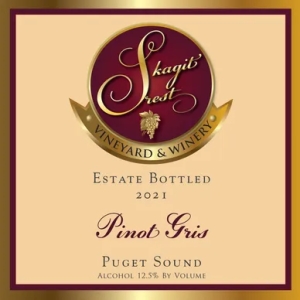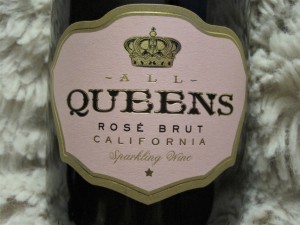Disclosure Statement: This post contains affiliate links. When you click on an affiliate link and make a purchase, I receive a commission at no additional cost to you. All opinions are my own.
How is this month slipping away from us SO quickly? And by the way, spring seemed like a flash in the pan this year, are we in spring or summer? My brain and body are having a hard time distinguishing what mode we are in. So before any more time sneaks away, it’s time to devote a post to good Oregonian juice in honor of Oregon Wine Month!
I ADORE Oregon wine, do you? Perhaps a large reason is that I have spent a lot of time down there exploring and trying lots of wines, so the gorgeous settings and scenery have helped seal my devotion. I would probably say similar things about other places if I visited them more often.
I love all varieties and styles of wine and Oregon has an incredible range to offer. There’s so much more than simply Willamette Valley Pinot Noir (although that’s one of my favorites) – I thought we’d journey farther south in the state and also venture into dessert wine territory, which we haven’t been to in a while. Baco Noir is a rare grape that here has been made into a dessert wine. Port fans, pay heed!
Melrose Vineyards is an estate winery located in Roseburg, Oregon. Roseburg is located in the southern part of the state, in the Umpqua Valley AVA. The climate is Mediterranean, with very warm and dry summers and cool and wet winters. Summer also has greater diurnal temperature variation than in winter.
So what is Baco Noir? According to Wikipedia, Baco Noir is “a hybrid red wine grape variety produced by Francois Baco from a cross of Vitis Vinifera var. Folle Blanche, a French wine grape, and an unknown variety of Vitis riparia indigenous to North America.” Baco Noir is cultivated throughout Oregon, including River’s Edge Winery in Elkton, whose Pinot Noir I introduced you to a while back.
We found this wine when we wandered into Face Rock Creamery in Bandon, OR last summer (try their Vampire Slayer Cheese Curds!). The Creamery is a mecca for gargantuan ice cream cones, especially in the warm summer months. Seeing we had kids in tow, the kind gal inside almost stopped us at the door and let us know that sadly they were out of ice cream that day. We told her that was OK; we were there for the cheese – and turns out the wine, too! Their retail store has a great selection of various Oregon wines and I couldn’t help picking up a couple unusual bottles while we were there, along with some cheeses. This was one of the bottles.
Solstice Solera VII Melrose Vineyards
Baco Noir Dessert Wine Umpqua Valley
Melrose Vineyards, Roseburg, OR
$19/bottle
ABV 19.8%
“It has layers of woven complexity of currant, fig, praline caramel, with deep tones of dark chocolate. The age of this VII Solera became accentuated with the most recent vintage to keep the fruit in focus and amazing. The winemaker’s favorite longstanding wine.”
My husband adores this wine. I also loved it, and I wish I had taken more technical, detailed notes, but alas, that did not happen. I recall it being heavy but elegant, rich, warming, lovely sweetness, and alluringly complex. Like a Port in some ways but also something completely different. Basically… YUM!
I think this sumptuous dessert wine could be very congenial with pecan pie, marionberry cheesecake, or a brownie, or else some tasty cheeses and fresh fruit. I have not personally tried any of those pairings (I may be BSing right now?) 😉 but I have a hunch those would all work.
Cheers to Oregon, its wine, and the “lush-y” month of May! What delightful wines from Oregon have you found? Share!


















